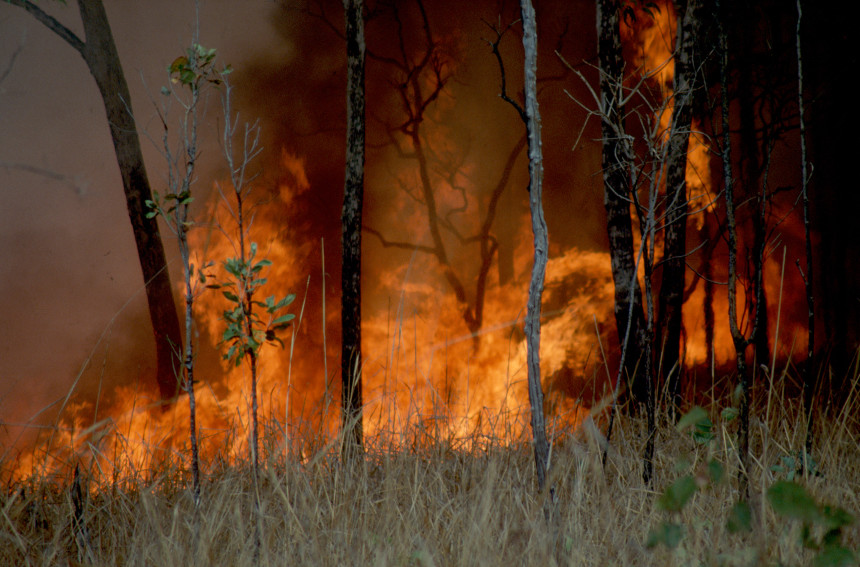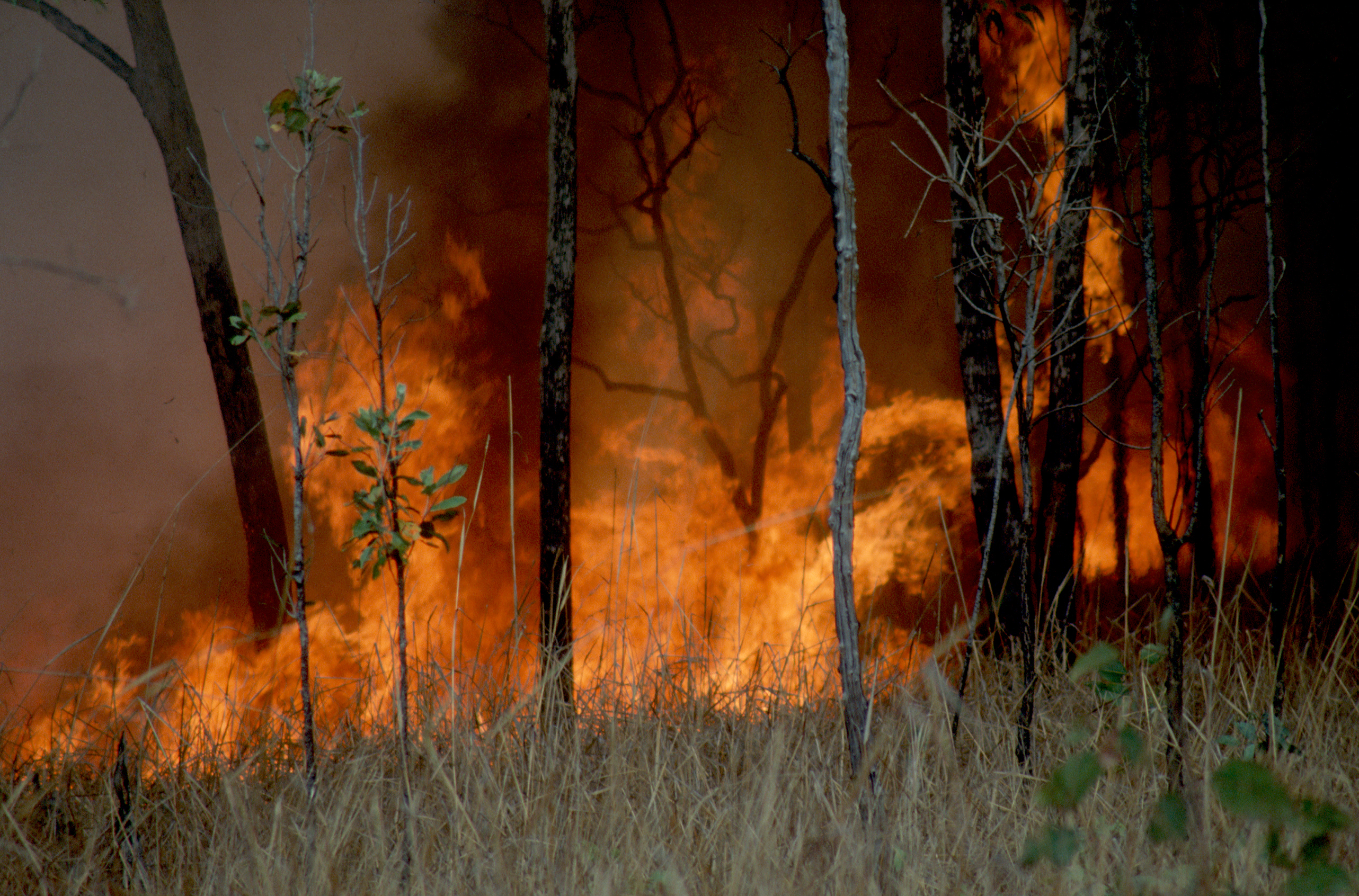Bushfires spew two-thirds of national carbon emissions in one season

Australia’s bushfires are believed to have spewed as much as two-thirds of the nation’s annual carbon dioxide emissions in just the past three months, with experts warning forests may take more than 100 years to absorb what’s been released so far this season.
Until recently, Australia’s forests were thought to reabsorb all the carbon released in bushfires, meaning they achieved net zero emissions, but scientists say climate change is making bushfires burn more intensely and frequently.
Dr Pep Canadell, a senior research scientist for CSIRO and the executive director of the Global Carbon Project, said that meant slower regrowth rates in Australian forests between bushfires.
“We used to see hundreds of thousands of hectares burned in bushfires, but now we are seeing millions on fire,” he said. “It is drying in south-east Australia, that prompts the question if these trees will be able to bring all that carbon back [into regrowth].
“We may need more than 100 years to get back to where we were, after those mature forests with beautiful tall gum trees have burned.”
 A 2015 landmark study lead by Murdoch University, Interval Squeeze, shows how climate change, drought and escalating fires combine to reduce forests’ ability to reabsorb carbon.
A 2015 landmark study lead by Murdoch University, Interval Squeeze, shows how climate change, drought and escalating fires combine to reduce forests’ ability to reabsorb carbon.
One author of the study, University of Tasmania professor of pyrogeography and fire science David Bowman, said “normally bushfires are thought of as carbon neutral” but “in very simple terms, we’re seeing climate extremes carry a double punch, with more frequent fire and drought”.
“Normally the forest would bounce back, but because it’s been under huge drought stress, the capacity of forests to regrow is limited.”
Emissions from natural causes such as bushfires are excluded from Australia’s target under the Paris climate agreement to cut human-induced emissions on 2005 levels by 26 to 28 per cent by 2030.
“Climate change doesn’t care where the carbon emissions come from. It’s the total amount of carbon that accumulates in the atmosphere that counts,” Dr Canadell said.
Australia’s annual industrial emissions budget in 2018-19 was 532 million tonnes of carbon dioxide equivalent. This season’s bushfires, which have burnt through more than 5 million hectares across the country, are estimated to have released two-thirds of this amount – or about 350 million tonnes – of carbon dioxide into the atmosphere so far.
The 350 million tonne figure was extrapolated from data on NASA’s Global Fire Emissions Database issued two weeks ago for NSW’s bushfires, which at that stage had burnt 2.7 million hectares and emitted 190 million tonnes of carbon dioxide.
“The figure is still very uncertain, these systems don’t update their information that quickly, but it is a good ballpark figure to help us understand the magnitude of these fires,” Dr Canadell said.
 Speaking from his field work site among a stand of Jarrah trees east of Perth, Murdoch University lecturer in environment and conservation sciences Joe Fontaine said climate change was making fires more frequent and intense.
Speaking from his field work site among a stand of Jarrah trees east of Perth, Murdoch University lecturer in environment and conservation sciences Joe Fontaine said climate change was making fires more frequent and intense.
“We know that warmer and drier conditions will come from global warming, and we will get more fire in the landscape, and that gives plants less time to regrow,” said Mr Fontaine, who was also an author of Interval Squeeze. “We are experiencing hotter droughts and that’s why the fires are worse – not just more extensive but more intense.”
CSIRO’s most recent State of the Climate report found that since the 1950s, there has been a long-term increase in extreme fire weather in Australia, and in the length of the fire season across large parts of the continent. Eight of Australia’s 10 warmest years on record have occurred since 2005, and winter rain, which helps reduce the intensity of summer fires, has declined significantly.
Since the late 1990s, there has been about an 11 per cent decline in cool-season rainfall between April and October in the south-east of the country, and an 18 per cent decline in south-west Western Australia.
Dr Canadell said there were typically bigger fires with greater emissions in South America and Africa, but growth in bushfire emissions were still significant. “It’s the combination of all the different components that enter the atmosphere that will drive us into climate change and every bit counts.”
Originally published by The Sydney Morning Herald, 2 January 2020.
